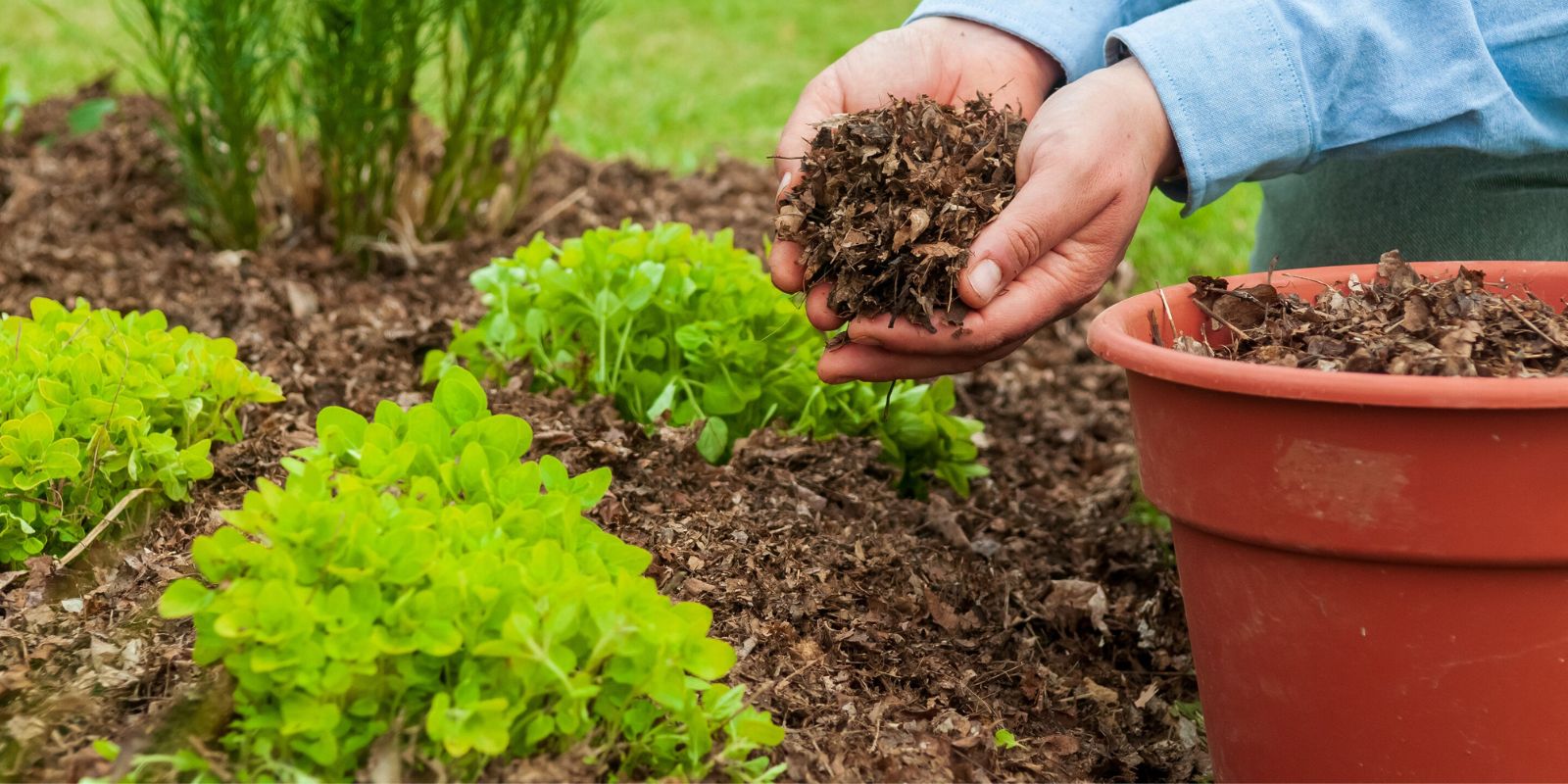Organic gardening is an increasingly popular method that emphasizes growing plants without synthetic chemicals, using natural processes to maintain soil health and foster plant growth. While the idea of organic gardening may seem labor-intensive, there are several strategies you can employ to create a thriving organic garden with minimal effort. This guide will walk you through essential tips and techniques to achieve a lush, productive garden while keeping your workload manageable.
Why Opt for Organic Gardening?
Organic gardening offers numerous benefits, including:
- Healthier Produce: Organic gardening avoids synthetic pesticides and fertilizers, resulting in cleaner, more nutritious food.
- Environmental Benefits: It promotes biodiversity, reduces pollution, and helps conserve water and soil.
- Soil Health: Organic methods enhance soil fertility and structure over time, leading to better plant growth and resilience.
Despite these advantages, many gardeners shy away from organic methods due to perceived complexity and effort. However, with the right approach, you can maintain an organic garden with minimal effort.
Steps to a Low-Effort Organic Garden
1. Choose Low-Maintenance Plants
Selecting the right plants is crucial for a low-maintenance garden. Here’s how to make plant choices that will simplify your gardening tasks:
- Opt for Hardy Varieties: Choose plants that are well-suited to your local climate and soil conditions. Hardy varieties are more resilient and require less care.
- Consider Perennials: Perennials return year after year, reducing the need for replanting and offering long-term benefits.
- Choose Disease-Resistant Varieties: Select plants that are resistant to common pests and diseases to minimize the need for intervention.
2. Prepare the Soil
Healthy soil is the foundation of a successful organic garden. Follow these steps to prepare and maintain fertile soil:
- Add Organic Matter: Incorporate compost, aged manure, or other organic materials to improve soil structure, fertility, and water retention.
- Practice No-Till Gardening: Avoid disturbing the soil by using no-till methods, which help preserve soil structure and beneficial organisms.
- Test and Amend Soil: Regularly test your soil for nutrient levels and pH. Amend as needed with natural fertilizers to maintain optimal growing conditions.
3. Use Mulch
Mulch serves multiple purposes in an organic garden and can significantly reduce maintenance tasks:
- Suppress Weeds: Apply a thick layer of mulch around plants to block sunlight and prevent weed growth.
- Conserve Moisture: Mulch helps retain soil moisture, reducing the frequency of watering.
- Improve Soil Quality: As mulch breaks down, it adds organic matter to the soil, enhancing its fertility and structure.
Choose organic mulches such as straw, wood chips, or shredded leaves. Avoid synthetic or dyed mulches that can introduce chemicals into your garden.
4. Implement Drip Irrigation
Efficient watering is key to a low-maintenance garden. Drip irrigation systems offer several advantages:
- Targeted Watering: Drip irrigation delivers water directly to the plant roots, minimizing waste and ensuring efficient use of water.
- Reduced Weeds: By watering only the plant roots, you reduce the likelihood of weed growth.
- Time Savings: Automating watering with a drip system saves you from daily manual watering tasks.
Set up a drip irrigation system that suits your garden layout and plant needs. Timers can further simplify the process by automating watering schedules.
5. Practice Companion Planting
Companion planting involves growing compatible plants together to enhance growth and deter pests:
- Enhance Growth: Some plants, like beans and corn, benefit from growing together because they support each other’s growth.
- Deter Pests: Planting certain herbs or flowers, like marigolds or basil, can repel common garden pests.
- Boost Soil Health: Plants like legumes can fix nitrogen in the soil, improving fertility for other plants.
Research companion planting combinations that work well for your specific plants and garden conditions.
6. Let Nature Help
Embracing natural processes and encouraging beneficial organisms can reduce your gardening workload:
- Attract Beneficial Insects: Encourage pollinators and predatory insects, like ladybugs and lacewings, which help control pest populations.
- Use Natural Pest Control: Employ natural methods such as neem oil, insecticidal soap, or homemade sprays to manage pests without synthetic chemicals.
- Encourage Wildlife: Create habitats for birds and other wildlife that can naturally control pests and contribute to garden health.
Additional Tips for Minimal Effort Organic Gardening
To further streamline your organic gardening efforts, consider these additional tips:
- Plan Your Garden Layout: Design your garden for easy access and efficient use of space. Group plants with similar water and light requirements together.
- Implement Succession Planting: Grow crops in succession to maximize space and ensure a continuous harvest with minimal effort.
- Utilize Raised Beds: Raised beds can improve soil drainage and reduce weeding and bending, making gardening easier and more enjoyable.
- Use Plant Supports: Incorporate plant supports such as trellises or cages to reduce plant damage and simplify maintenance.
Conclusion
Creating an organic garden with minimal effort is achievable with the right strategies and techniques. By choosing low-maintenance plants, preparing your soil effectively, using mulch, implementing drip irrigation, practicing companion planting, and leveraging natural processes, you can enjoy a lush and productive garden without extensive labor. Embrace these practices to simplify your gardening tasks and experience the numerous benefits of organic gardening.
Start your low-effort organic gardening journey today and enjoy a thriving garden with less work! 🌿✨

